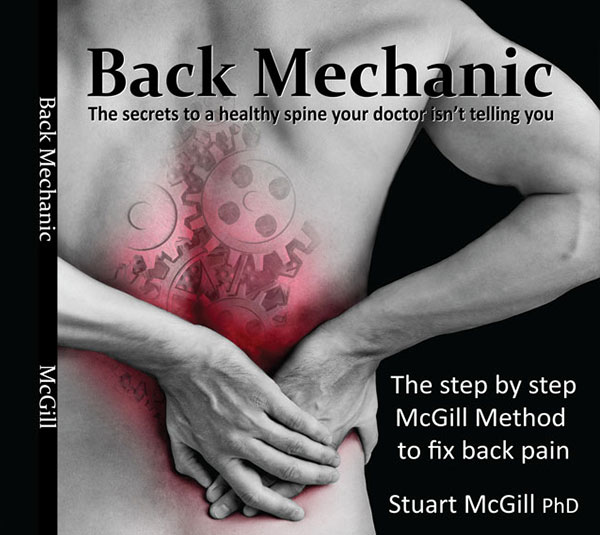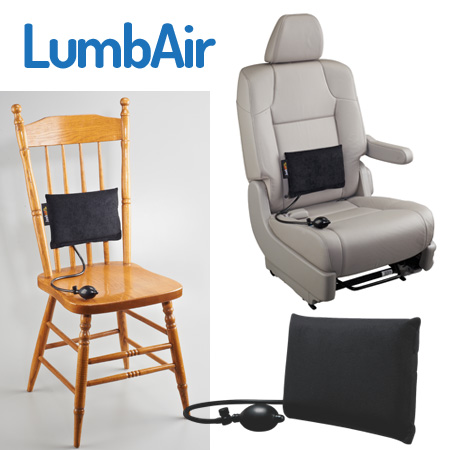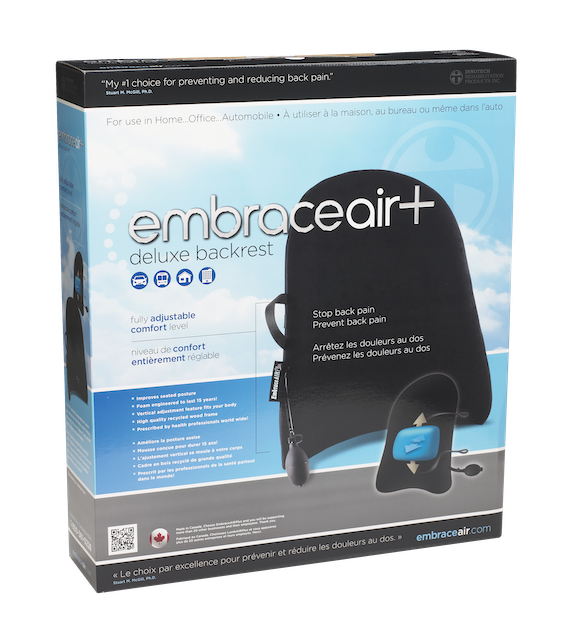16 Jul The Comeback Begins: In-Gym Assessment with Shawn Frankl (Part 2)
Article Rundown
- Deeper in-gym assessment of Shawn’s spine and nerves.
- Tests for disc, facet, ligament, and nerve involvement.
- Core bracing and movement used to provoke or relieve pain.
- Lays the groundwork for a full diagnosis and recovery plan.
The Comeback Begins
In Part 2 of my in-depth McGill Method assessment with Shawn Frankl, we continue the process of identifying the root cause of his recurring back pain — this time diving deeper into a comprehensive floor-based evaluation.
For those who missed Part 1, this series documents my work with Shawn, a close friend of over 20 years and one of the most dominant powerlifters of all time. After returning from military service in Afghanistan, Shawn stepped onto the platform and redefined what was possible in the 198 and 220lb classes. From 2009 to 2010, he set records that still haven’t been touched: a 2630 total at 198 and a 2715 total at 220. Fifteen years later, those numbers still stand as benchmarks of all-time greatness.
But this isn’t just about numbers. It’s about longevity, setbacks, and what it takes to come back.
Shawn’s dealing with some real pain now, years after retirement — and this time, he’s not interested in masking symptoms. He wants to fix the problem for good. That’s what this series is about.
Going Deeper: What We Test in Part 2
In this second session, we pick up where we left off — not with exercises or rehab drills, but with a deep mechanical assessment of the spine and surrounding tissues. This is where we really start piecing the puzzle together.
What We Cover:
- Disc loading and provocation testing
We test how Shawn’s lumbar discs react to different positions, loads, and compressive forces. We’re watching for familiar pain patterns — and more importantly, how his body compensates. - Facet joint involvement
Through specific movements and gentle loading, I assess whether the pain is disc-related, facet-driven, or some combination of both. - Ligament and passive tissue integrity
Certain movement strategies can indicate laxity or instability in the spine’s passive structures. This matters hugely when planning a return to load-bearing movement later on. - Nerve root sensitivity
We carefully test both the femoral and sciatic nerve pathways, monitoring for pain referral, tightness, or signs of nerve irritation. Shawn gives us clear feedback on what lights up and what feels neutral, helping us zero in on affected areas.
Each of these tests gives us a clearer map of what’s going on — and more importantly, what to avoid moving forward.
Why This Step Matters
If you’re just guessing at what’s causing pain — or going straight to stretching and strengthening without a true diagnosis — you’re gambling with your spine. This phase of the process is about ruling things in and out. It’s how we avoid wasting time or making things worse by targeting the wrong tissues.
By the end of this session, we’re able to start forming a working diagnosis of what’s contributing to Shawn’s pain and how to build a roadmap out of it. This is real assessment work, not rehab theater.
The Mental Side of the Comeback
Shawn’s a warrior — always has been. But what impresses me most now isn’t what he did on the platform years ago. It’s the fact that he’s willing to come back to square one, do the boring work, and address his pain head-on.
That’s rare in this sport, especially for someone who’s already achieved more than 99% of lifters ever will. But Shawn’s not done. He’s hungry to move well, live pain-free, and possibly even get under a bar again. This process is how that comeback begins.
Final Thoughts
Part 2 is all about doing the deep work. It’s not flashy, but it’s absolutely necessary. If you’re a coach, clinician, or lifter who works with or deals with back pain, this video is a must-watch. You’ll see how to connect movement with diagnosis, and how to read the body like a map.
Big thanks to Shawn for continuing to be open about the process, both the struggles and the progress. This is what real coaching, real assessment, and real progress looks like.
For more on this process, or to schedule your own assessment, visit PowerRackStrength.com. And if you haven’t already, grab a copy of Back Mechanic and Gift of Injury — these aren’t just books, they’re blueprints for getting out of pain and back under the bar.











Sorry, the comment form is closed at this time.